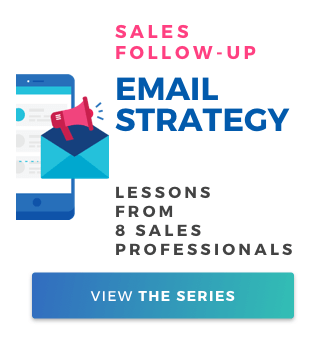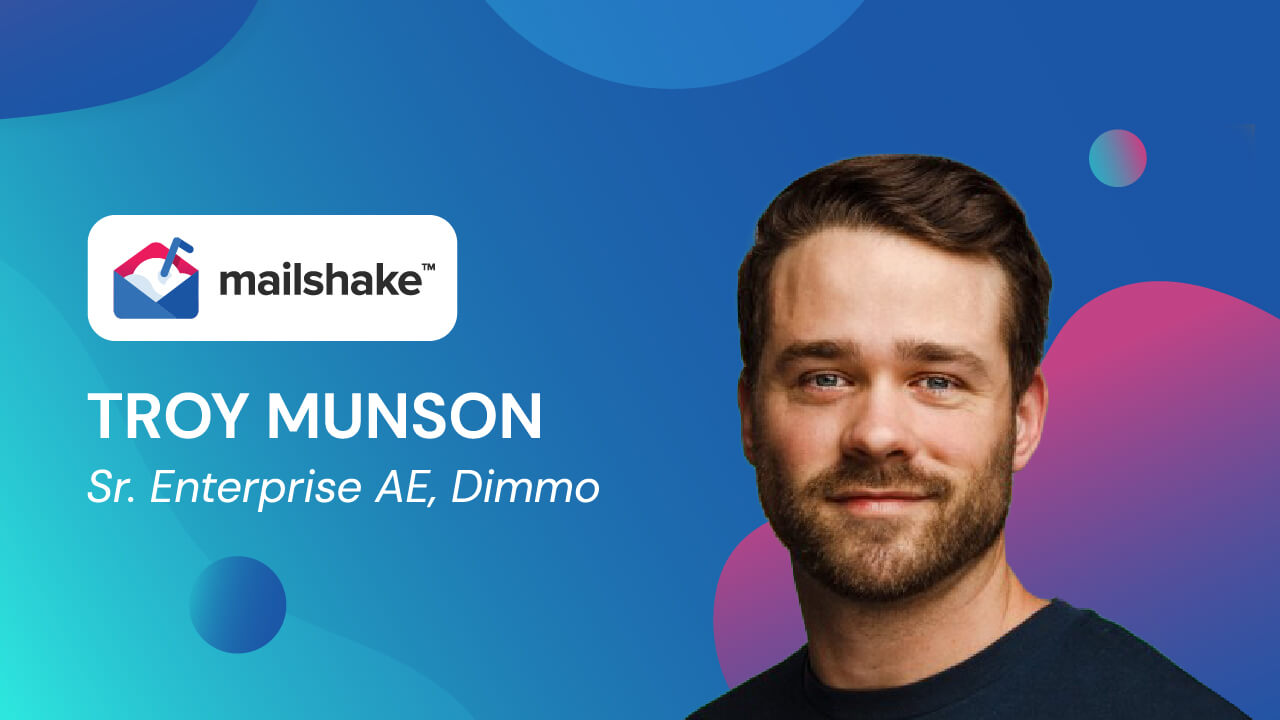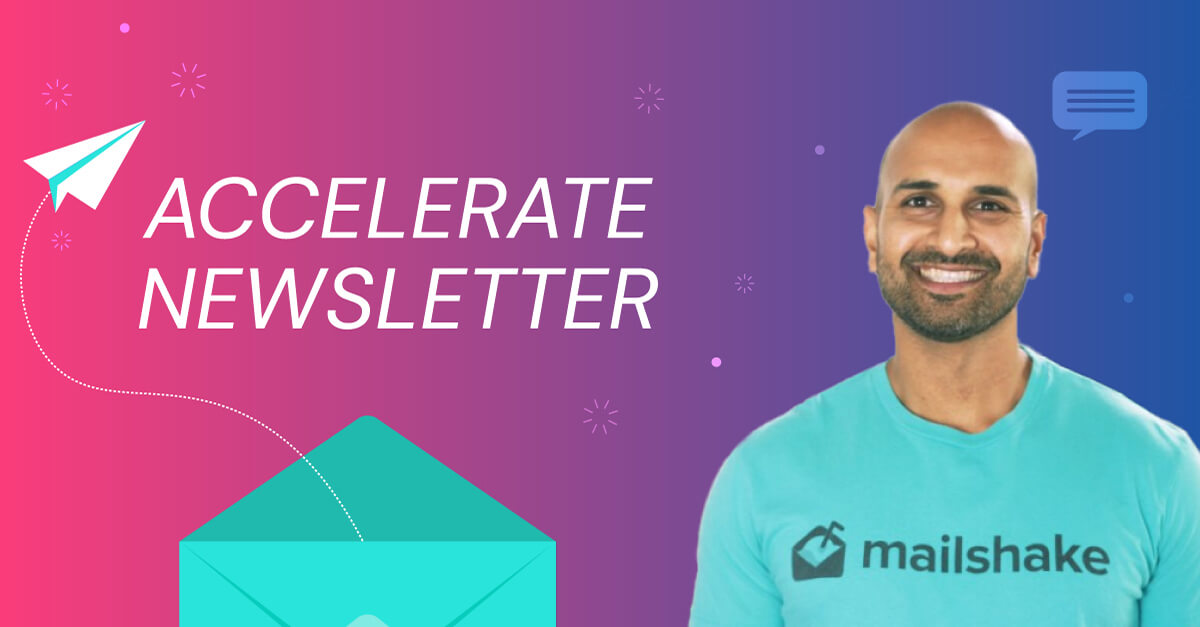Email Deliverability Guide: 12 Actionable Tips for 2025

Contents
Hitting the “Send” button on your email is only half the battle. The real challenge lies in ensuring your message lands where it matters most: your audience’s inbox
If you stop reading here, here are three messages I want you to take home:
- Keep everything simple. Text-only emails, clean signatures, no tracking pixels. The closer your emails look to personal emails, the better they perform.
- Focus on engagement. Replies matter more than open rates. Design campaigns that start conversations instead of blasting promotional messages.
- Build trust gradually. Warm up your domains and rotate between inboxes. There are no shortcuts to good deliverability.
Tip 1: A warmed-up domain
Never start cold email with a fresh domain.
Email providers are super suspicious of new domains.
They will send all your emails to spam.
Wait for at least 7 days after creating a new domain. Then connect an email address and start warming it up.
Your domain needs at least 2-3 weeks of warming up.
Here’s what you need to do:
Send emails to your friends and colleagues first.
Ask them to reply back.
Each day, send 5-10 emails and gradually increase the number.
Also make sure to do some normal email activities:
- Subscribe to newsletters
- Reply to some emails
- Forward some emails
- Add the domain to your LinkedIn
- Create accounts on trusted websites
Sounds too much to do? Use Mailshake to automate the entire process.
Tip 2: Text-only emails
Spam filters are suspicious of HTML-rich emails.
In contrast, text-only emails look more personal and trustworthy.
They’re what real people send to each other.
Plus:
- They load instantly
- There is no waiting for images
- There are no rendering issues
So, focus on writing good copy instead of fancy formatting.
Your job is to start a conversation.
Not to impress with fancy designs.
Some people worry that text-only looks too basic.
But that’s exactly what makes it work.
Tip 3: Healthy DNS records
Missing or incorrect DNS records?
You might not even make it to the spam folder.
Here are the must-haves:
- SPF record
- DKIM record
- DMARC record
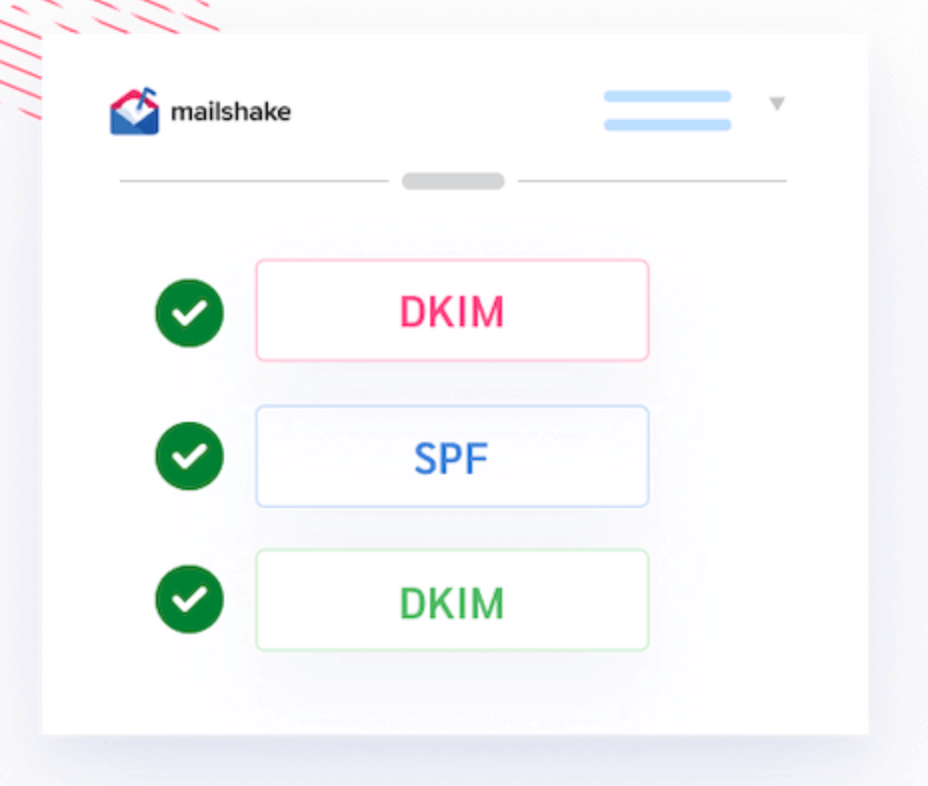
But just having them isn’t enough.
They need to be properly configured.
The good news?
You can fix most DNS issues in 30 minutes.
Be sure to work with our customer support team who will share best practices on getting them set up correctly. You should also use MX Toolbox, an online tool used to check and troubleshoot DNS records.
At Mailshake we want to ensure our users get the best possible deliverability for their cold email campaigns.
Tip 4: A clean signature
Your signature is a silent deliverability killer.
Most people don’t realize this.
Here’s why: spam filters look for patterns across spam complaints.
If 10 people mark your emails as spam, algorithms analyze what’s common between them.
Often, it’s your signature.
Especially that fancy one with:
- Company logo
- Social media links
- Phone numbers
- License numbers
- Legal disclaimers
The solution?
Keep it super simple.
Just your name.
Maybe your title.
Here is a good example:
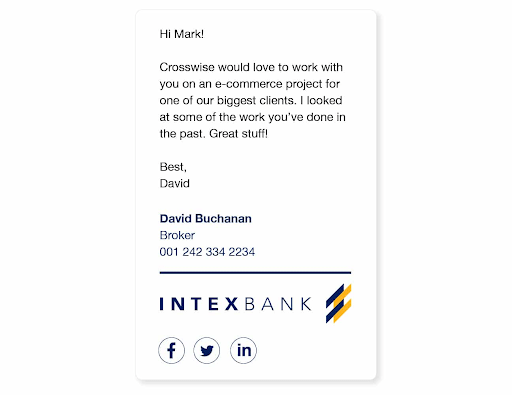
Golden nugget: Don’t put your domain in the signature.
It could be a huge red flag for spam filters.
When you email a friend, do you include your website? Your phone number? Your social profiles?
No.
So why do it in cold email?
Simple signatures get better deliverability.
Tip 5: Inbox rotation
Sending 5000 emails per day?
You can’t rely on a single inbox for cold outreach.
Google’s 2024 guidelines require a spam complaint rate below 0.3%.
If you send too many emails from one inbox and even only a few get reported, your reputation takes a hit.
Here’s what to do instead:
- Set up 3-4 inboxes minimum
- Each inbox sends 30-40 emails per day
- Rotate between them frequently
Golden nugget: All inboxes should be properly warmed up.
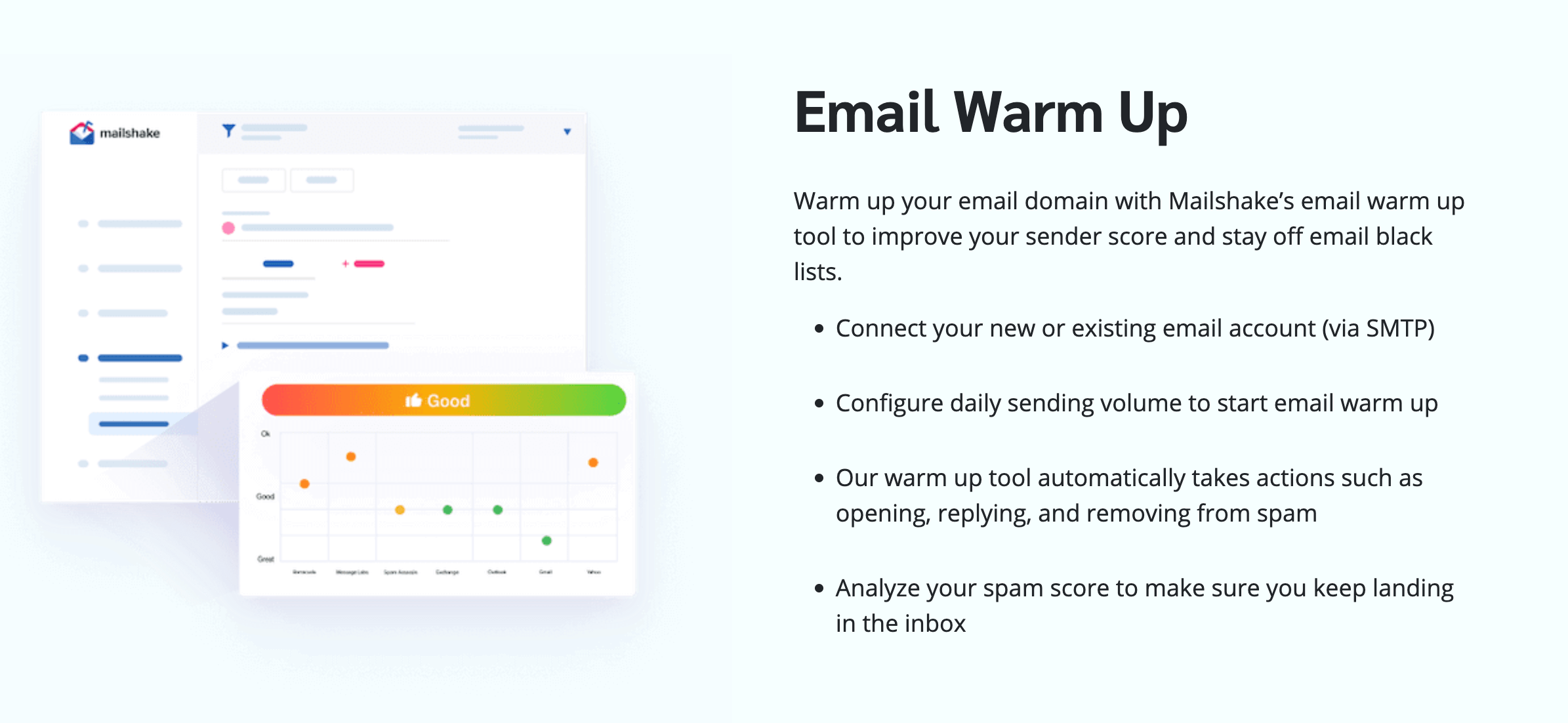
Don’t make this mistake—having one “tired” inbox and replacing it with a fresh one.
The new inbox needs warming too.
Rotation only works when all inboxes are healthy.
This approach keeps your sending patterns natural.
Tip 6: No spam words
Spam filters have gotten really smart.
But they still check for specific trigger words.
These words send your emails straight to spam:
- “Best price”
- “Limited time”
- “Free consultation”
- “Special offer”
- “Don’t delete”
- “Click here”
Even words that seem innocent can hurt you:
- “Guarantee”
- “Results”
- “Success”
- “Solution”
So, check your entire email sequence:
- Subject line
- Email body
- Signature
- Unsubscribe text
Use a spam checker before sending. There are many free ones online.
Found a spam word?
Rephrase your message.
Instead of “free consultation”, try “let’s have a chat”.
Instead of “guarantee results”, try “we’ve helped others”.
Your goal is zero spam words.
Tip 7: Multiple campaigns
Never put all your eggs in one basket.
Run multiple campaigns at the same time—or at least update your campaigns regularly.
When you have variety, you can spot issues quickly.
Look at this example:
- Campaign A: 80% reply rate
- Campaign B: 10% reply rate
- Campaign C: 75% reply rate
This tells you something’s wrong with Campaign B.
Maybe certain words got flagged. Maybe the structure isn’t working.
Running multiple campaigns gives you:
- More data
- Quick problem detection
- Better overall results
Golden nugget: Each campaign should be different. Different subject lines, opening lines, value props, and calls to action.
You want to keep experimenting.
Tip 8: Spintax
Without spintax, you’re sending identical emails to everyone.
Email providers hate that.
Good spintax looks like this:
{Hi|Hello|Hey} {name},
I {noticed|saw|came across} your {company|business} and {wanted to reach out|thought I’d connect|decided to get in touch}.
The trick here is to not just spin the greeting.
Spin everything:
- Opening lines
- Main message
- Call to action
- Closing
- Signature
Not enough spinning:
“Hi {name}, wanted to connect about your business.”
Better spinning:
“{Hi|Hey|Hello} {name}, {I|we} {wanted to|decided to|thought I’d} {connect about|chat about|discuss} your {business|company|organization}.”
The more variations, the better your deliverability.
But keep it natural.
Each variation should sound like something a real person would write.
Tip 9: No email tracking
Email trackers embed hidden pixels in your message.
Gmail detects these and shows this warning to your prospects:
Your prospects think: “They’re tracking me”, “Something’s off”, or “Someone’s trying to hack my computer”.
The result? More spam complaints = bad sender reputation = worse deliverability = poor brand reputation.

But how do you measure your campaign’s success?
Focus on replies instead.
That’s the only metric that matters.
Tip 10: An unsubscribe header
This is not optional anymore.
Email providers have made it mandatory.
What is it?
An unsubscribe button embedded in your email header
Even if you forget to add an unsubscribe link, the header saves you.
You’ll be:
- Following GDPR rules
- Following CAN-SPAM rules
- Making email providers happy
- Giving prospects a way out
Most cold email tools allow you to configure this button.
Tip 11: A steady stream of responses
Email providers look at engagement signals.
A reply is the most important one.
When people reply to your emails, providers become convinced that you’re a legitimate sender and people want your emails.
Even negative replies help your deliverability!
“Not interested” is better than no response.
This means you need:
- Better targeting
- Better copy
- Better personalization
Don’t blast emails hoping for replies.
Design campaigns that get responses.
Or use Mailshake’s warm-up tool, which automatically opens and replies to your emails. This tricks email providers.
Tip 12: No images and links in the first email
First impressions matter to spam filters (and your audience).
Your first email should be squeaky clean.
No links. No images. No tracking pixels. No fancy stuff.
Just pure text.
Don’t even use a linked unsubscribe.
Instead, write:
- “Let me know if you don’t want to hear from me”
- “Reply ‘not interested’ to opt out’”
- “Just say ‘no thanks’ to stop my emails”
Stay away from:
- “Check our website here”
- “Connect with me on LinkedIn”
- “Book a call here”
Save those for follow-ups.

